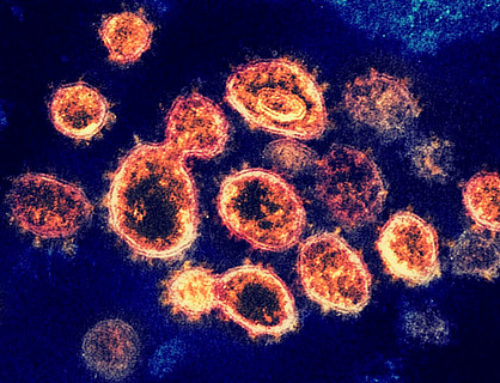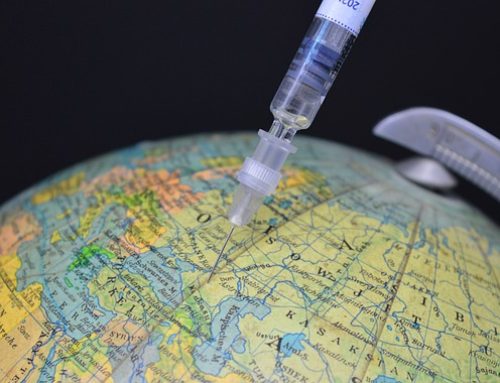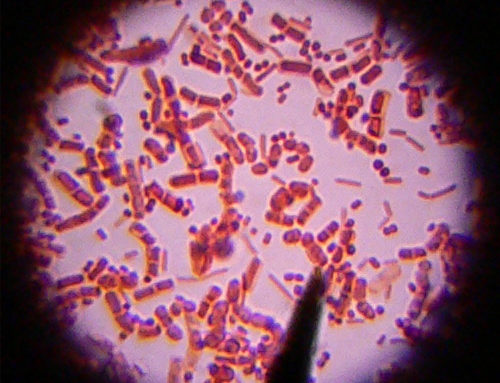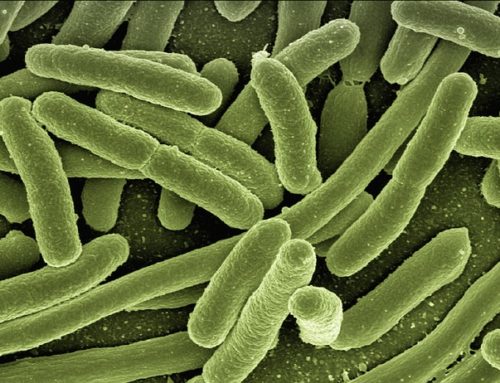- Most microorganisms are not pathogenic for humans.
- Commensal microorganisms (mostly bacteria) make up the normal flora of the human body; they are generally harmless and actually protect the host from invasion by pathogenic microorganisms. They reside on skin, mucous membranes of the upper respiratory tract, intestines, and vagina. Under certain circumstances, they may invade the tissues and cause disease as opportunistic pathogens.
- Pathogens are microorganisms that are adapted to defeating the natural host defenses and invading the tissues, a process called infection. Their growth in tissues, or production of toxins, damages cells and tissues and produces disease. Strict pathogens are microorganisms whose presence is always associated with disease.
- Colonizing microorganisms are those that appear as new organisms in a host, but they are not members of the normal flora or the cause of symptoms.
- Diseases that are readily transmitted from person-to-person are called infectious or contagious.
- Sources of Infection and Spread of Infection
| Sources of Infection | |||
| Environmental Sources | Person-to-Person* | Medical or Surgical Procedures | Self-infection |
| Inanimate objects (fomites) | Airborne infection | Instrumentation, operations | Endogenous sources (normal flora) |
| Water, food, soil, etc. | Direct contact (touching, kissing) | Transfusion (blood & blood products) | Shared needles |
| Animals (bites & scratches, feces; zoonoses) | Maternal transmission (vertical transmission) | Transplants (tissues, organs) | Needlestick injuries |
| Arthropod vectors | Sexual transmission | ||
| *Infected persons or healthy carriers |
1. Vertical transmission: transmission from mother to offspring in utero or
perinatally.
2. Horizontal transmission: transmission from person-to-person.
F. Knowledge of sources of infection and modes of transmission allows for control.
In developed countries, improved sanitation and hygiene measures
introduced in the 19th century reduced death rates from infectious diseases—
before development of antimicrobial agents and vaccines.
G. Germ Theory of Disease: Koch’s Postulates
1. The transmissible nature of diseases led to identification of microbes as the
causative agents.
- Koch’s Postulates must be fulfilled to prove that a particular microorganism is the cause of a particular disease. The microbe must:
- be found in the body in all cases of the disease.
- be isolated from a case of the disease and grown in a series of pure cultures in vitro.
- reproduce the disease when a pure culture is inoculated into a susceptible animal.
- be recovered from the inoculated animal.
- It may not be possible to fulfill Koch’s postulates in all cases in which a microorganism is the causative agent of disease. Can you think of reasons why?
- Alexander Ogston (1883) showed that a single organism can cause different types of disease.






Leave a Reply